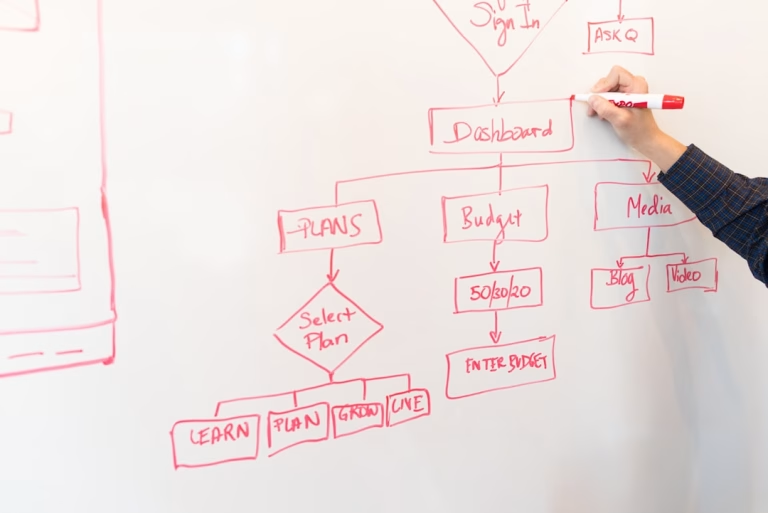Understanding the V-Model in Software Development
Introduction
Hey there readers! Today, I’m going to share something that’s always gotten me thrilled – the V-Model in software development. Exciting, isn’t it? I mean, when you think about it, it’s pretty amazing how software development methods have evolved since the ’70s, from the waterfall model to my personal favorite – the V-Model! It’s like learning a new cooking recipe, right?
What’s the V-Model?
Now, let’s dig into our main dish for today. If you’re curious, the “V” in V-Model stands for “Verification and Validation”. It’s a kind of Software Development LifeCycle (SDLC) model and it has its roots in Germany, which is mind-blowing to say the least (1). Kind of like finding out that ‘tacos’ – a food you’ve enjoyed all your life – were originally a staple in Mexico, right?
- Verification: This is where we verify or check if we’re developing the right product. What’s it like? Let’s say, you’re baking a cake. Verification involves checking your recipe again and again to make sure you’re not accidentally making a pie!
- Validation: Validation is the process of confirming that our final product meets the system requirements. Like checking and double-checking that the cake, once baked and frosted, tastes just as good as it looks!
Understanding the V-Model
The model is divided into two phases: the left side (development) and the right side(testing). In a typical scenario, we move from left to right which makes it seem as though we’re moving down and then up the path, forming a “V”. Imagine you’re hiking. You get to the top of the hill (left side), enjoy the view, and then go down to complete the loop (right side).
It’s a rigorous, disciplined approach and allows testing to be planned and designed while the corresponding development phase is in progress. This way, once you’ve planned the hike, you’ll know exactly when and where to bring the snacks and extra layers, and when to call it a day.
In Conclusion
And there you have it! Just like my baking and hiking stories, the V-Model brings structure, precision, and predictability to the chaotic world of software development. After all, who likes diving in without a plan, right?
Well, that’s my bit for today about the V-model. I would love to hear your experiences and thoughts. So, don’t be a stranger!
Sources:- (1) Kuhn, Dr. R.H., et al., “Documented Briefing: Software Process Simulation and Modeling: A Review,” 2005, Software process simulation and modeling: a review.






